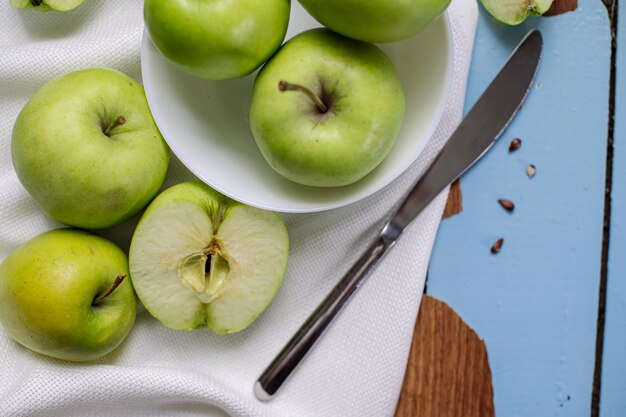Can Diabetics Enjoy Apples? Here's What You Need to Know
If you have diabetes, you might wonder if apples should remain on your grocery list. The good news is that apples are indeed suitable for diabetics. They make a nutritious and delicious addition to your diet, but there are some factors that should be kept in mind when incorporating them into your meals.
The Nutritional Value of Apples
Apples are known for being a rich source of dietary fiber and vitamin C, and they come with a modest calorie count. One medium apple contains about 95 calories and packs nearly 5 grams of fiber, which can be especially beneficial for maintaining steady blood sugar levels. The fiber slows the absorption of glucose, preventing spikes in blood sugar.
Moreover, apples have a low glycemic index (GI). With a GI of around 36, apples release glucose slowly into the bloodstream compared to high-GI foods, reducing the likelihood of sudden sugar spikes. This makes apples a smart choice for those managing diabetes.
Portion Control and Sensible Pairings
While apples provide nutritional benefits, the key to integrating them into a diabetic diet is portion control. Eating large quantities in one sitting can still lead to a rise in blood sugar levels. Consider pairing apples with a source of protein or healthy fats, such as almond butter or a handful of nuts, to further moderate the glycemic impact.
Monitor Your Individual Response
It's important to remember that diabetes management is unique to each individual. While apples are generally safe, how they affect your blood sugar can vary depending on factors like your type of diabetes, medication, and overall diet. Monitoring your blood sugar levels after eating apples will help determine how they work with your body's chemistry.
Now that we've established apples as a healthy snack option, you might be curious about other aspects of managing diabetes, particularly those of financial or educational nature. Here are a few resources and programs available to help you maintain a balanced lifestyle while keeping an eye on your financial health.
Financial and Educational Resources
Balancing health with finances can be a tough act, especially for those managing chronic conditions like diabetes. There are various government and non-profit programs designed to support you financially and educationally, providing the essentials needed for a healthier life.
Medicaid/Medicare: 🍎 These programs offer coverage for diabetes management supplies, doctor visits, and medications to eligible participants without extensive costs.
Supplemental Nutrition Assistance Program (SNAP): 📜 Helps low-income individuals and families purchase nutritious foods, such as fruits like apples, to maintain a healthy diet.
Diabetes Self-Management Education and Support Services (DSMES): 📚 Offers educational resources to improve the management of diabetes, teaching you how to incorporate fruits like apples into your diet effectively.
Diabetes Research and Wellness Foundation Grants: 💰 Provides financial assistance for diabetes management tools and resources, helping to ease the financial burden.
Credit Counseling Services: 💳 Assists in managing medical debt and improving financial health, ensuring you can focus more on managing your diabetes.
By leveraging these resources, you can create a stable financial and lifestyle plan that supports both your health and economic well-being. Remember, while enjoying apples as part of your diabetic diet, there are numerous support systems available to aid in balancing your health management with your finances and education.
